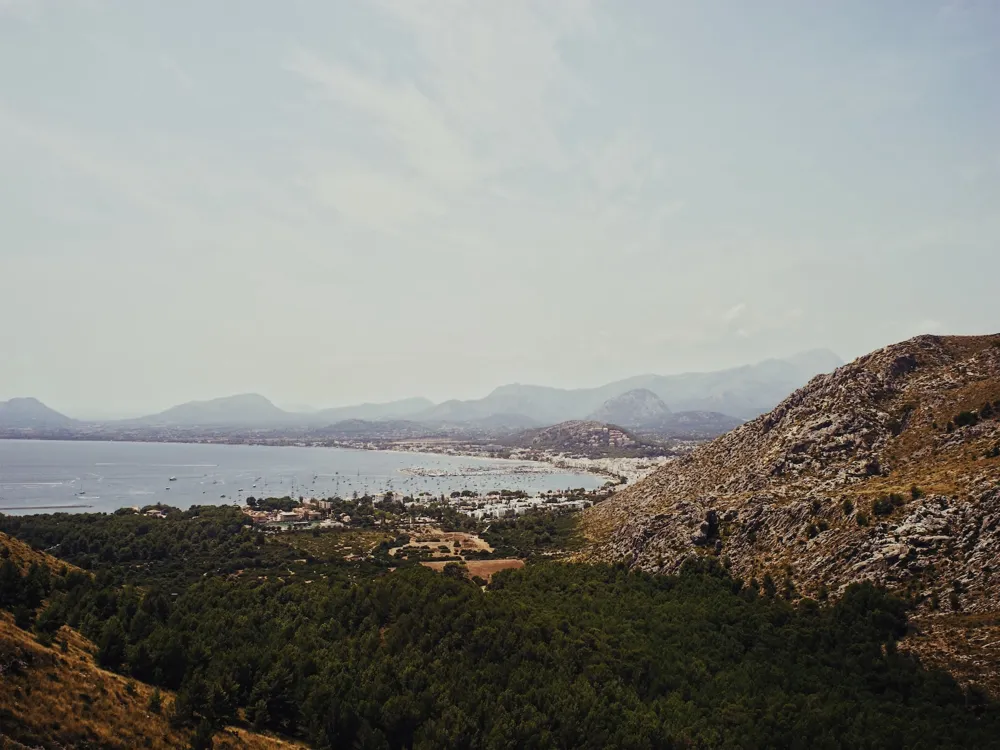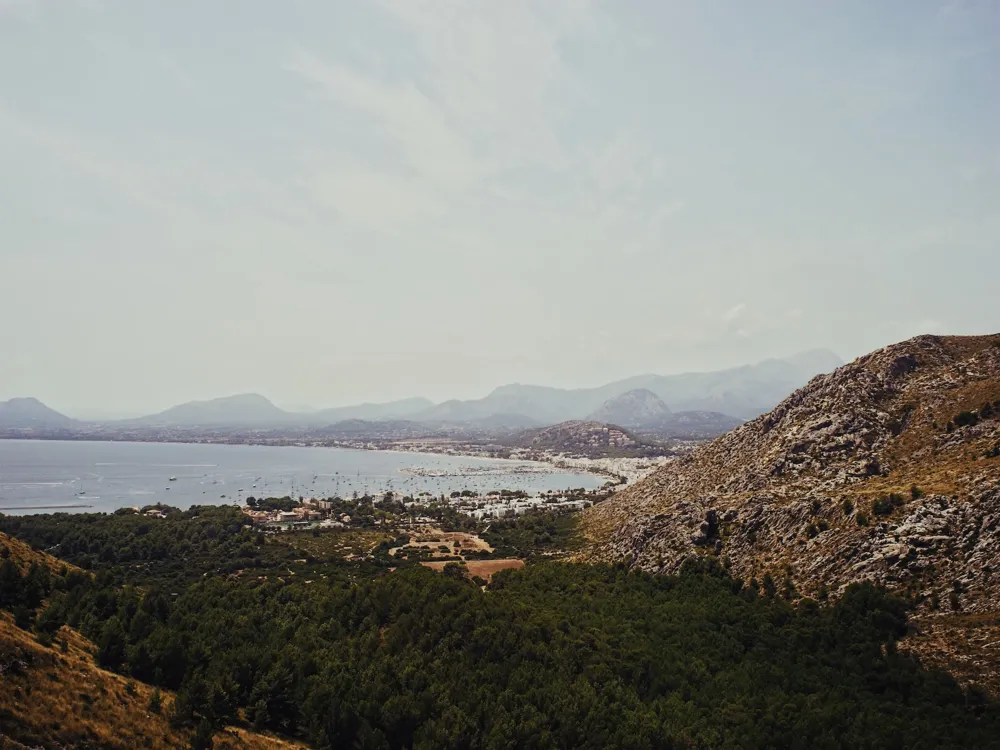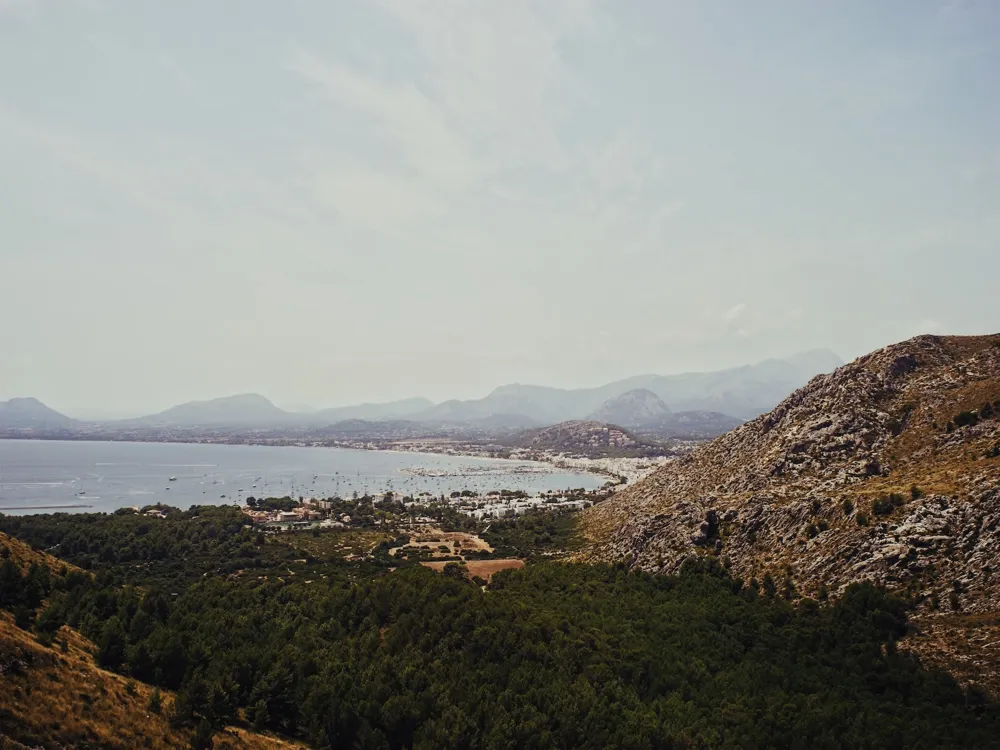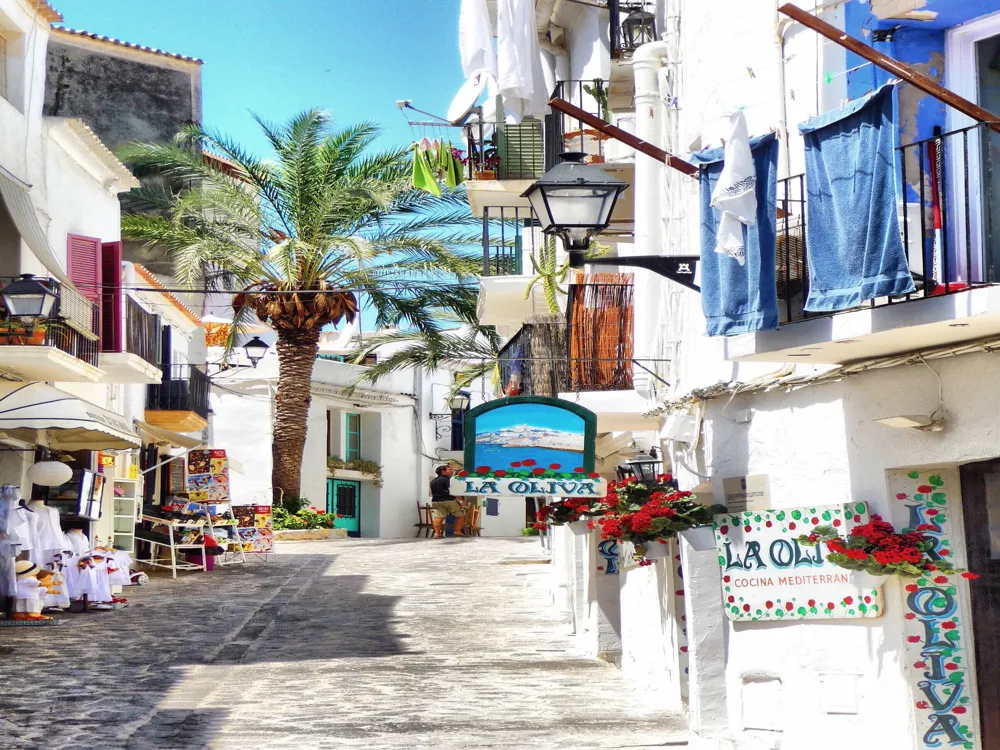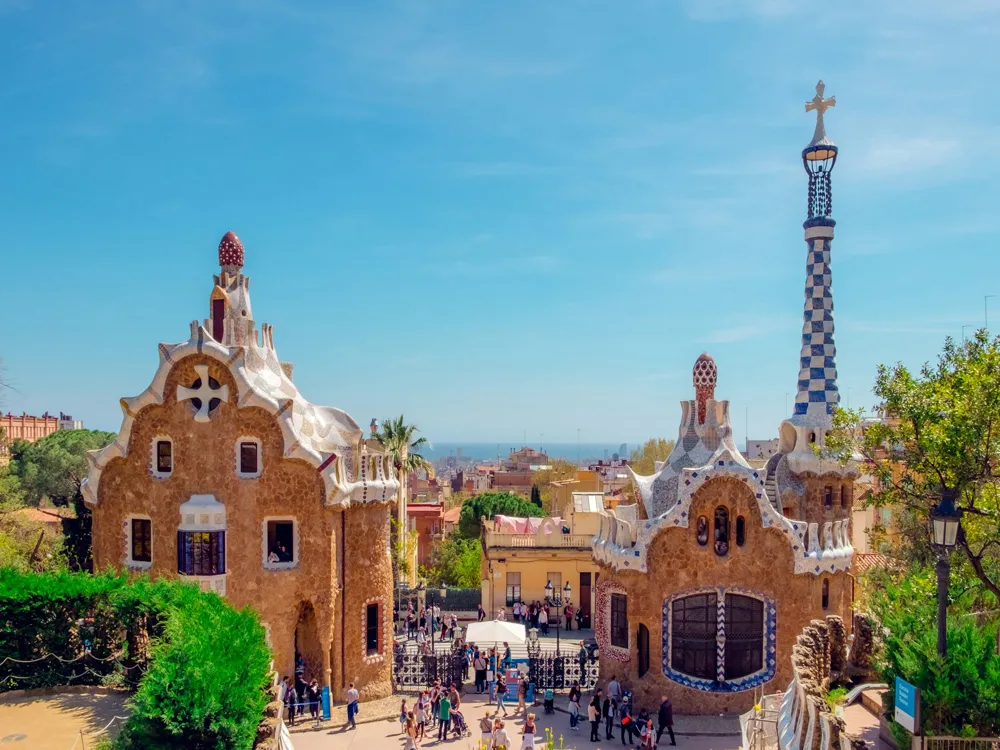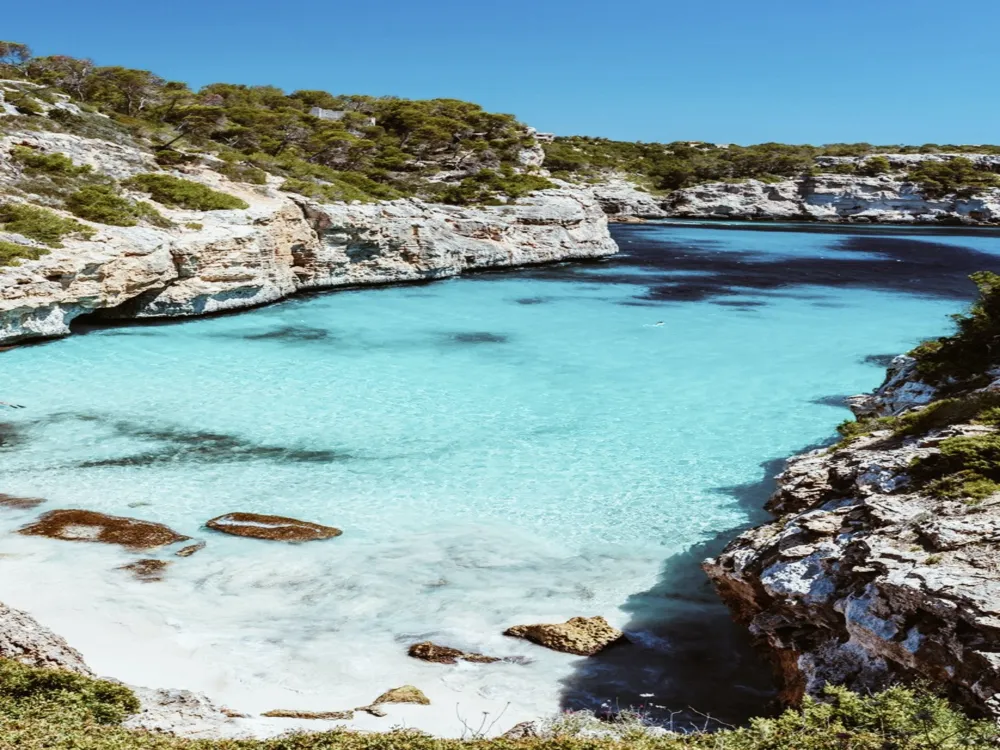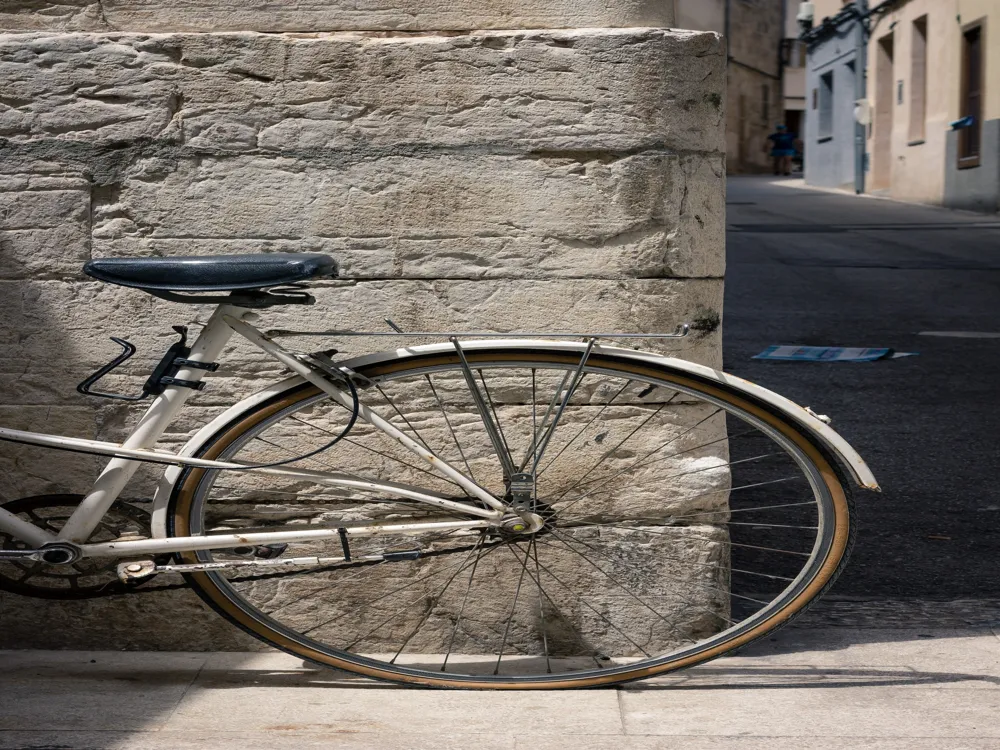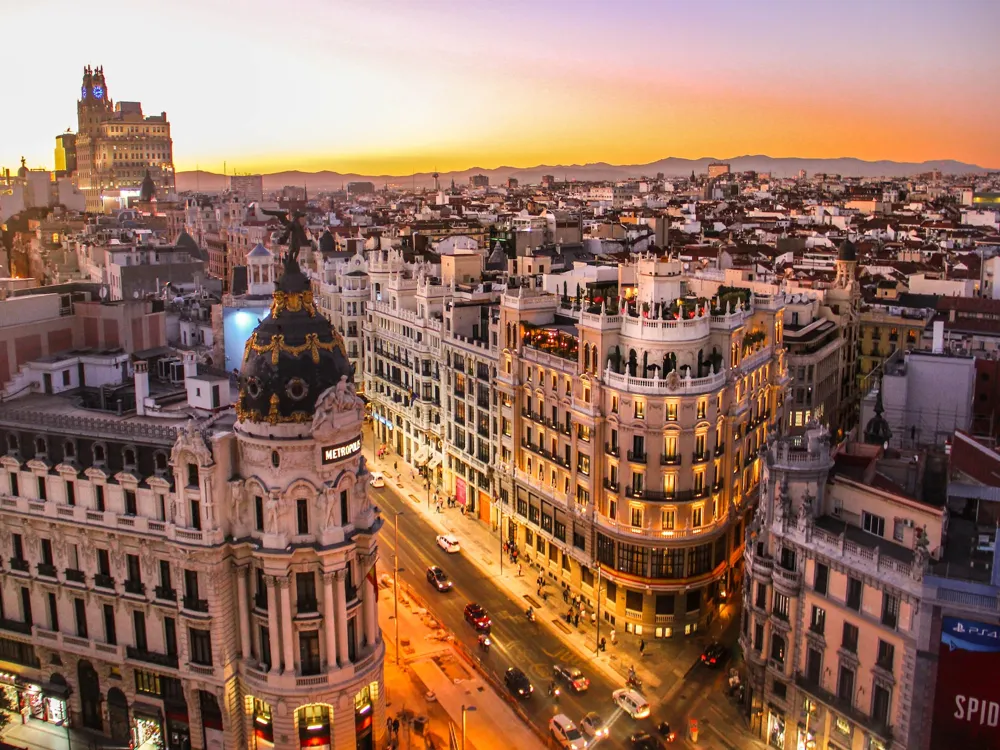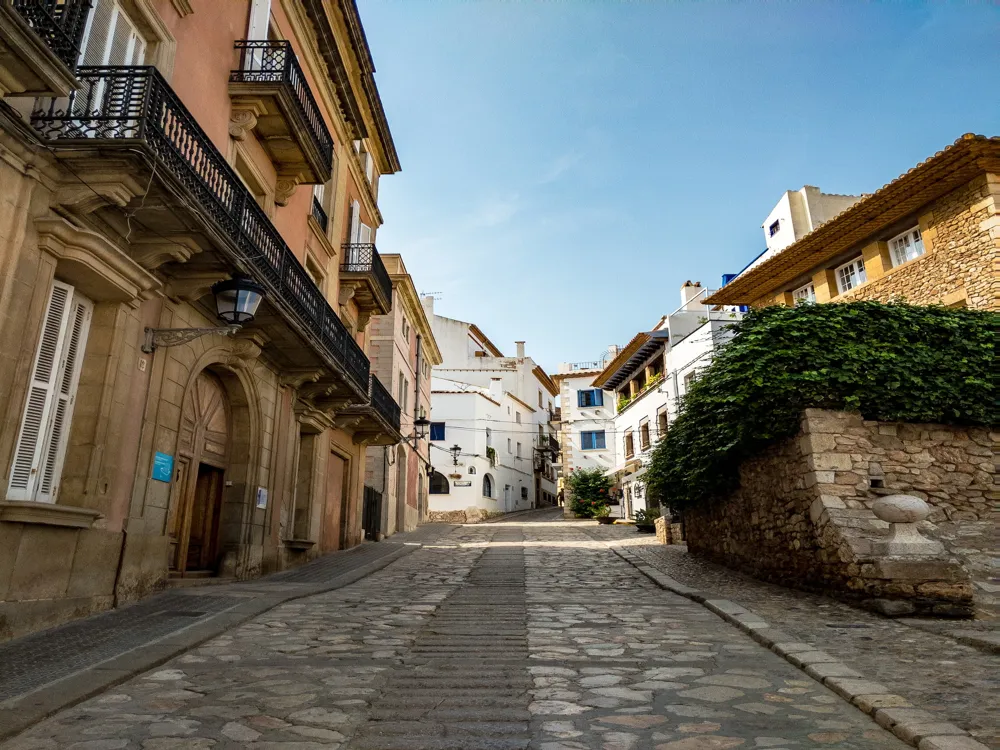Estellencs, a picturesque village nestled in the Tramuntana mountains of Majorca, is a hidden gem waiting to be explored. This charming locale, with its serene ambiance and breathtaking landscapes, offers a unique glimpse into the authentic Majorcan way of life. Majorca, the largest of the Balearic Islands in Spain, is renowned for its stunning beaches, vibrant nightlife, and rich cultural heritage. However, Estellencs presents a different facet of this diverse island - one of tranquility, natural beauty, and traditional architecture. The village of Estellencs is a tapestry of cobblestone streets, rustic stone houses, and lush greenery. Its history dates back to the Moorish era, and over the centuries, it has retained much of its original charm. The town's small population adds to its intimate and welcoming atmosphere, making it a perfect destination for those seeking a peaceful retreat. Surrounded by olive groves and almond trees, Estellencs is a haven for nature lovers and hikers, with numerous trails offering stunning views of the Mediterranean Sea. Estellencs's history is deeply entwined with the broader history of Majorca. Originally founded during the Moorish occupation, the village has seen various cultural influences over the centuries. Its strategic location in the Tramuntana mountains made it an important outpost during various historical epochs. The influence of the Moors, and later the Catalans, is evident in the village's architecture and agricultural practices. The terraced farming techniques, introduced by the Moors, are still used by the locals, preserving a centuries-old tradition. The natural surroundings of Estellencs are a true marvel. The village is enveloped by the Tramuntana mountain range, a UNESCO World Heritage site recognized for its physical and cultural significance. The biodiversity in this area is remarkable, with a plethora of endemic species and a rich variety of flora and fauna. The mountains also serve as a magnificent backdrop to the village, with their rugged peaks and verdant slopes. The coastal area near Estellencs is equally stunning, featuring pristine beaches and crystal-clear waters. The architecture of Estellencs is a vivid reflection of its historical and cultural journey. The buildings, predominantly built from local stone, blend harmoniously with the natural landscape. The architectural style is characterized by simplicity and functionality, with a focus on sustainability and integration with the environment. The use of natural materials, such as stone, wood, and terracotta, is prevalent, and these materials are often sourced locally, further reinforcing the village's connection with its surroundings. The traditional houses in Estellencs are a testament to the Majorcan architectural heritage. These homes, known as 'fincas', are typically one or two stories high, with thick stone walls and terracotta tiled roofs. The interiors are often spacious, with high ceilings and exposed wooden beams. The design of these houses is aimed at keeping the interiors cool during the hot summers and warm in the winters, demonstrating an early understanding of climate-responsive architecture. The religious architecture in Estellencs, particularly the village church, is a focal point of the community. The church, dedicated to Saint John the Baptist, is a fine example of the late Gothic style prevalent in Majorca. Its imposing façade and elegant interior provide a glimpse into the religious and artistic sensibilities of the local population over the centuries. The public spaces and streets in Estellencs are integral to its architectural charm. The narrow, winding streets, lined with stone houses and bountiful flower pots, create a picturesque and intimate urban landscape. The village plaza, a typical feature in Majorcan villages, is the heart of public life in Estellencs, hosting various social and cultural events throughout the year. One of the most striking aspects of Estellencs's architecture is its seamless integration with the natural environment. The terraced landscapes, an ingenious agricultural practice, are not just functional but also add to the aesthetic appeal of the village. The use of natural materials and colors ensures that the built environment complements the natural beauty of the surrounding mountains and coastline. Estellencs is enchanting year-round, but the best time to visit is during spring or early autumn when the weather is mild, and the natural beauty is at its peak. Don't miss trying the local Majorcan cuisine, known for its fresh ingredients and Mediterranean flavors. Local restaurants in Estellencs offer a variety of traditional dishes that are a must-try. Estellencs offers a range of accommodation options, from quaint bed and breakfasts to luxurious villas, catering to different preferences and budgets. Visitors should be mindful of local customs and traditions. Respectful interaction with locals and adherence to village norms is appreciated. Reaching Estellencs is an adventure in itself. The village is accessible by road, with the journey offering spectacular views of the Tramuntana mountains and the Mediterranean Sea. Public transport options are limited, so renting a car is recommended. The nearest airport is in Palma de Majorca, from where Estellencs is approximately a 45-minute drive. The scenic route to the village is not just a journey but an integral part of the Estellencs experience. Read MoreOverview of Estellencs in Majorca
The Rich Historical Background of Estellencs
Natural Beauty and Biodiversity
Architecture of Estellencs
Traditional Majorcan Houses
Religious Architecture
Public Spaces and Streetscapes
Integration with Nature
Tips When Visiting Estellencs
Best Time to Visit
Local Cuisine and Dining
Accommodation Options
Respecting Local Culture and Traditions
How To Reach Estellencs
Majorca Tourism
Best Time to Visit Majorca
How to Reach Majorca
Things To Do Majorca
Estellencs
Majorca
NaN onwards
View majorca Packages
Majorca Travel Packages
View All Packages For Majorca
Top Hotel Collections for Majorca

Private Pool

Luxury Hotels

5-Star Hotels

Pet Friendly
Top Hotels Near Majorca
Other Top Ranking Places In Majorca
View All Places To Visit In majorca
View majorca Packages
Majorca Travel Packages
View All Packages For Majorca
Top Hotel Collections for Majorca

Private Pool

Luxury Hotels

5-Star Hotels

Pet Friendly







